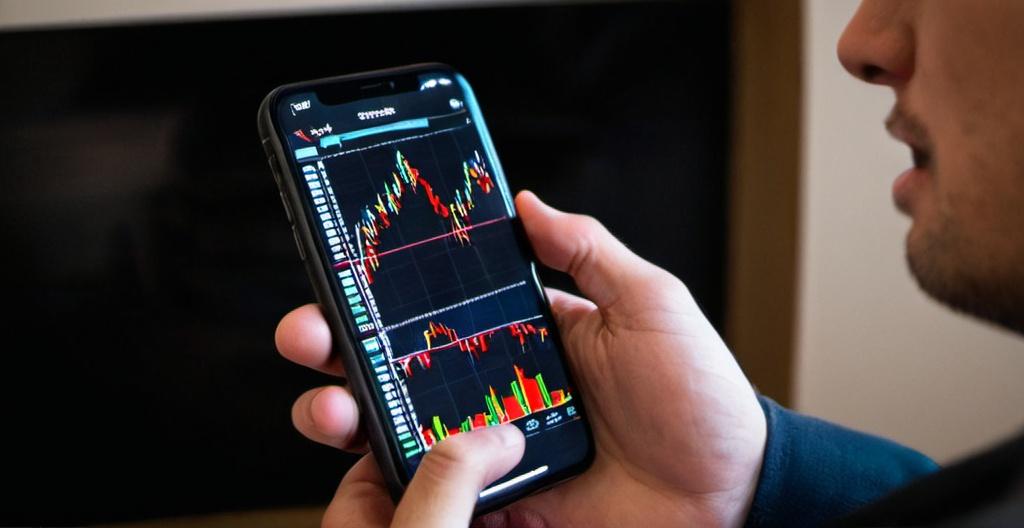Trading comes in many forms, each with its own time commitment, risk profile, and decision-making style. Whether you’re looking to hold positions for a few minutes, a few days, or several months, the approach you take determines everything—from how you analyze the market to how you manage risk. Each style demands different tools, skills, and temperament.
For in-depth guides, strategy breakdowns, and platform comparisons across all trading types, visit DayTrading.com, a trusted source for traders of all experience levels.

Day Trading
Day trading involves opening and closing positions within the same trading day, meaning nothing is held overnight. Day traders rely on fast execution, technical indicators, and high market liquidity. They often trade on short timeframes—like 1-minute or 5-minute charts—and are most active in volatile markets. Speed and discipline are essential, as even small moves are amplified by leverage.
Scalping
Scalping is an ultra-short-term trading style where traders look to capture small profits from dozens—or even hundreds—of trades in a single day. Scalpers rely on tiny price movements, tight spreads, and rapid-fire execution. This is not for casual traders. It requires intense focus, automated tools, and often, access to low-latency data feeds and ECN brokers.
Swing Trading
Swing traders hold positions for several days to a few weeks, aiming to capture medium-term market movements. This approach bridges the gap between fast-paced day trading and slower investing. Swing traders use a mix of technical analysis, price patterns, and sometimes fundamental events like earnings or macro data to identify opportunities. It suits those who want structure and flexibility without needing to monitor the market full-time.
Position Trading
Position trading is a longer-term style where traders hold trades for weeks or months. It’s closer to investing but still involves active entry and exit decisions based on analysis. Position traders focus on large trends and macro themes. The goal is not to catch every move, but to participate in big-picture price shifts without being distracted by daily noise.
Algorithmic and Quantitative Trading
Algorithmic traders use automated systems to execute strategies based on pre-defined rules. These can be short-term or long-term and range from statistical arbitrage to machine-learning models. Quant trading often involves complex data analysis, backtesting, and code development. It’s most common in institutional settings but has grown among independent traders with technical skills.
Copy Trading and Social Trading
This style involves mirroring the trades of experienced traders through a platform. It appeals to beginners or time-constrained investors who want exposure without active management. While it can generate returns, it also carries risks—especially if the copied trader hits a losing streak or overleverages positions.
Which Style Fits?
There’s no universal best method. The right trading style depends on how much time you have, how much capital you’re managing, how comfortable you are with risk, and how deep your knowledge goes. For some, swing trading offers the best balance. For others, the real edge comes from short-term scalping or systematic strategies.
Each approach comes with a learning curve. The most successful traders choose a style that fits their personality and lifestyle—not just one that looks profitable on paper.
